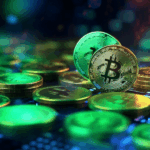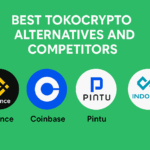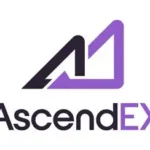In this article, I will discuss the How to Add Scroll Network to MetaMask Wallet Scroll is an Ethereum Layer 2 solution that offers great scalability and low transaction costs.
By following a few simple steps, you will be able to connect to Scroll and start utilizing it’s network on your MetaMask wallet.
About Scroll
The Scroll layer 2 solution is an innovative product that enhances scalability and security on the Ethereum blockchain.
Scroll is developed by Ethereum specialists, and utilizes zero knowledge proofs, alongside boasting full EVM (Ethereum Virtual Machine) compatibility.
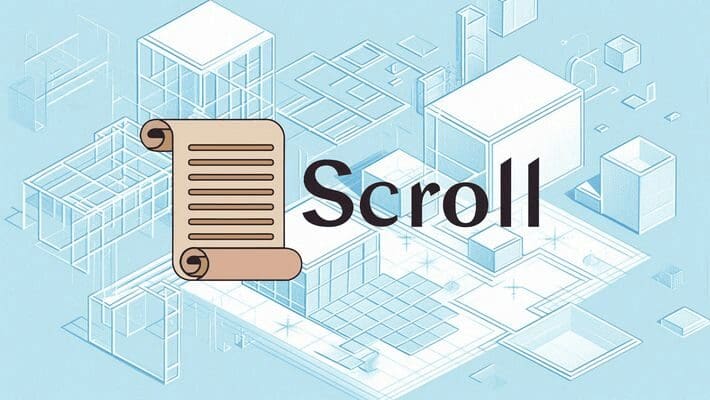
This allows for a seamless application migration. In addition, Scroll aggressively reduces costs, ensuring that Ethereum developers never have to overextend their budget.
Furthermore, Scroll practices extensive collaboration, security audits, and trust minimization, setting themselves apart as the leading solution for developers looking to scale Ethereum applications.
| Network Detail | Information |
|---|
| Network Name | Scroll |
| New RPC URL | https://rpc.scroll.io/ |
| Chain ID | 534352 |
| Currency Symbol | ETH |
| Block Explorer URL | https://scrollscan.com/ |
How to Add Scroll Network to MetaMask Wallet

Let’s take Chainlist as an example platform on how to integrate Scroll Network with your MetaMask wallet.
Download MetaMask
If you haven’t done already, make sure to install the MetaMask wallet on either your browser or mobile device.

Go to Chainlist
Visit the Chainlist website and connect your MetaMask wallet by clicking on “Connect Wallet.”
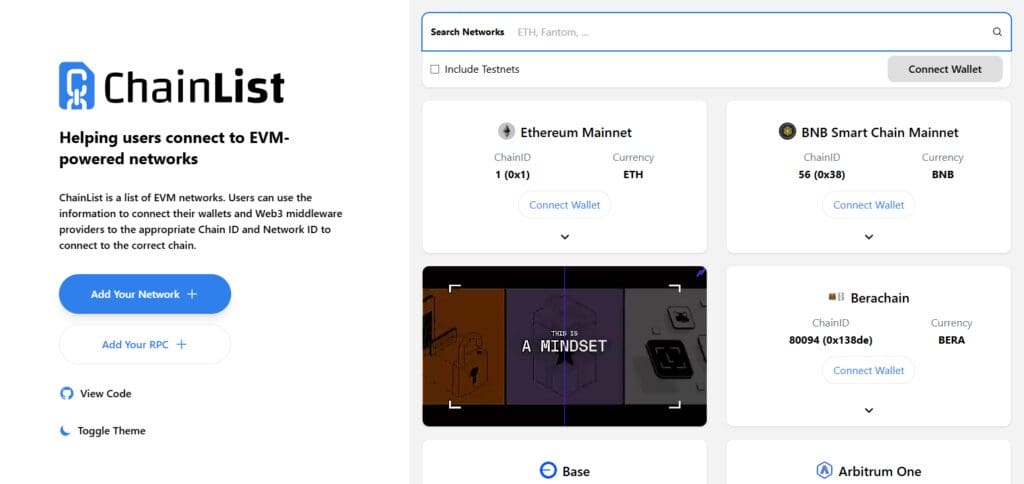
Look for Scroll Network
Scroll Network” is available in the search bar so type that in and search for it.
Integrate Scroll with MetaMask
- From the results, select Scroll Network.
- Click on “Add to MetaMask” and accept the request via your wallet.
Change to Scroll Network: After adding, change your MetaMask to use Scroll Network.
Why use the Scroll Network?
Scalability
Being Layer 2 solution for Ethereum, Scroll increases scalability using zero-knowledge proofs (ZK-rollups). This makes transactions easier and faster while also decreasing congestion on the Ethereum mainnet.
EVM Compatibility
Scroll is EVM compatible. This greatly assists developers who want to migrate existing Ethereum applications since virtually no changes need to be made. This simplifies development work and also saves money.
Security
Through ZK-rollups and consistent audits, Scroll places high value on security, offering additional security for applications and users when compared to traditional Layer 1 solutions.
Lower Transaction Costs
Scroll helps in moving transactions away from the Ethereum mainnet, which reduces gas fees. This shifts the burden for gas fee abstraction to developers, which makes life easier for both developers and users.
Trust Minimization
The architecture of the network is fundamentally decentralized and trust minimized, which allows users to function freely without having to rely on centralized structures for security.
Open-Source Development
As a Scroll, unlimited development opportunities are offered to the public, as everyone works together to not only develop but also improve the product and make the future of Scroll promising.
Optimized for Ethereum DApps
Scroll allows users to integrate DApps with Ethereum seamlessly and effortlessly increasing user experience and performance at the same time.
Troubleshooting Common Issues

Here’s a guide on how to solve common problems that come up with crypto platforms or wallets.
Problems Connecting
You probably don’t have a good stable internet connection, or you might be using a Wi-Fi network that is not trusted.
Wallet Hardware Not Syncing With Software
If the software wallet refuses to resume syncing, see if it has the latest update. Also, try restarting the wallet app and reconnecting.
Not Arriving Transactions
You can expect your transaction status to show up within a few minutes but delays are not uncommon due to blockchain congestion. From time to time you should check the status of your transaction through a blockchain explorer with transaction hash.
Wrong Network Settings
You might be logged in to your personal blockchain network, ensure that you are logged into the right one for your ecommerce transaction. Networks include Ethereum or Binance Smart Chain.
The Wallet Doesn’t Support All Tokens
Ensure that every token you interact with is supported by your wallet or platform.
Gas Fee is Too Low
Making your way through a heavily congested network requires ensuring that gas fees are set sufficiently high.
Document Issue Verification Fails
The identity verification process can often fail if the documents do not properly meet the requirements of the platform.
Pros & Cons
| Pros | Cons |
|---|---|
| Faster Transactions: Reduced latency with Layer 2 scaling. | Initial Setup: Requires manual entry of network details. |
| Lower Gas Fees: Scroll reduces transaction costs compared to Ethereum mainnet. | Network Dependency: Relies on Scroll’s infrastructure, which may face occasional downtime. |
| EVM Compatibility: Easy migration for existing Ethereum DApps. | Limited Support: Some DApps may not yet be fully optimized for Scroll. |
| Improved Scalability: Scroll supports high transaction volumes with efficiency. | Potential Bugs: As a newer network, there may be occasional bugs or issues. |
| Open-Source: Community-driven development, ensuring transparency. | Learning Curve: New users may need some time to familiarize themselves with Layer 2 solutions. |
Conclusion
All in all, the Scroll Network’s integration into your MetaMask wallet is a quick yet very important step towards improving how you experience Ethereum. By adding names of the network, RPC URL, Chain ID, etc.
during setup, the additional benefits of faster transactions and lower gas fees become available to you. With Scroll built into MetaMask, you are able to interact with decentralized applications on the Ethereum Layer 2 network with improved efficiency and cost-effectiveness for all of your blockchain activities.







